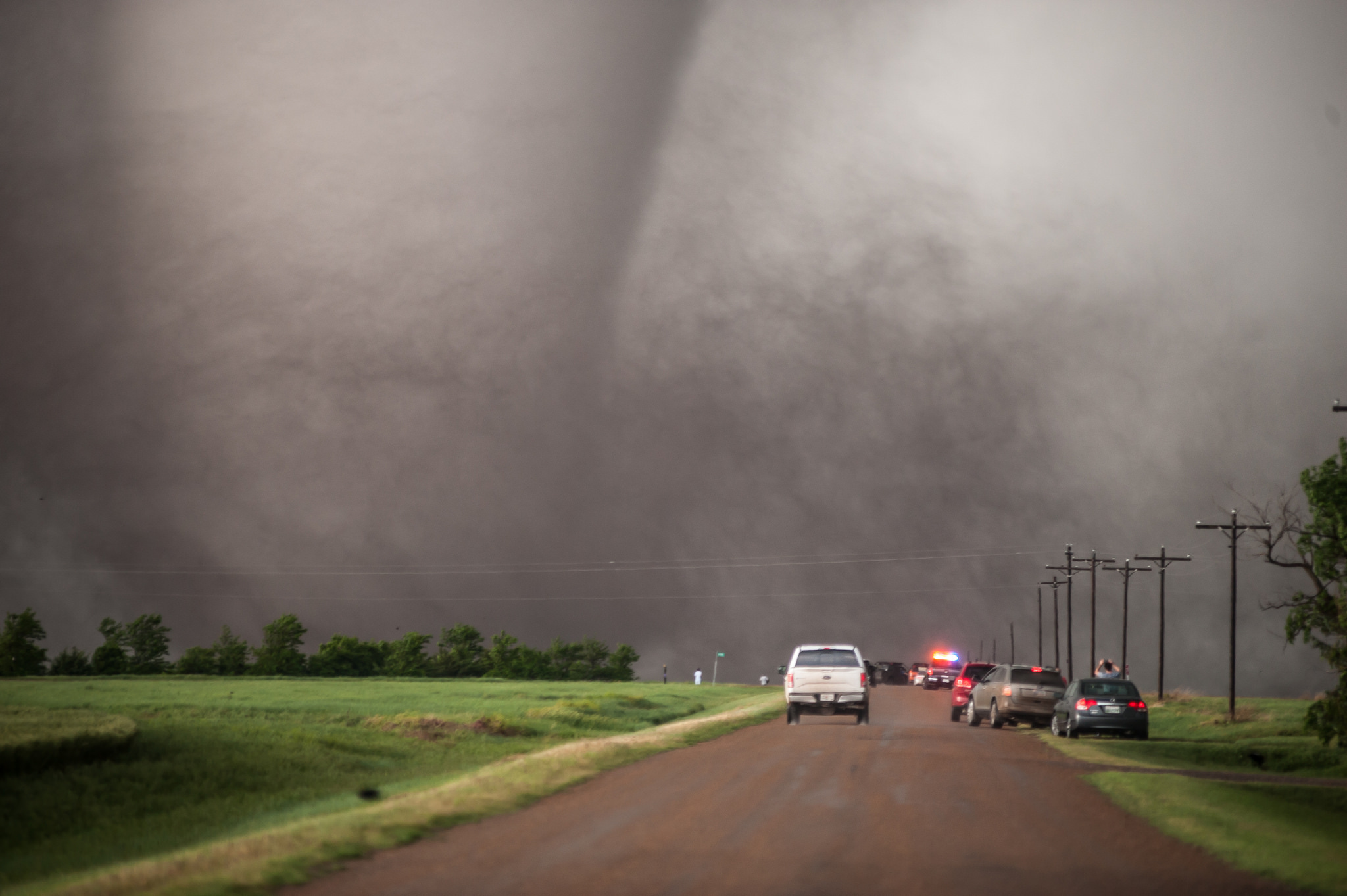Did you know that Kansas is part of what is known as Tornado Alley, a region in the central United States that frequently experiences severe tornado activity? If you live in Kansas or plan to visit, it’s essential to understand when tornado season occurs and how to stay safe during this time. In this article, we’ll explore the specifics of tornado season in Kansas and provide you with tips to help you prepare and stay safe.
**When is Tornado Season in Kansas?**
In Kansas, tornado season typically occurs from March to June, with the peak months being April and May. During this time, conditions in the atmosphere become favorable for the formation of severe thunderstorms and tornadoes. The warm, moist air from the Gulf of Mexico collides with the cool, dry air from the Rockies, creating an unstable environment that can lead to severe weather.
**Understanding Tornadoes**
Before we delve further into tornado season in Kansas, it’s important to understand what tornadoes are and how they form. A tornado is a violently rotating column of air that is in contact with both the surface of the Earth and a cumulonimbus cloud. They typically form during severe thunderstorms when there is a strong updraft of warm air.
**The Impact of Tornadoes**
Tornadoes can have devastating consequences, causing injury, loss of life, and widespread property damage. Their strong winds can exceed 200 miles per hour, destroying buildings, uprooting trees, and tossing vehicles like toys. It’s crucial to take tornado warnings seriously and be prepared to take immediate action to protect yourself and your loved ones.
Signs of Tornado Formation
**1. Dark and Green Skies**
Before a tornado forms, the sky may take on a dark and greenish appearance due to the way light interacts with the storm clouds. This is a result of the water droplets and hailstones within the storm clouds scattering light in a unique way.
**2. Wall Clouds**
A wall cloud is a large, lowering cloud that can often be seen beneath a severe thunderstorm. This cloud may rotate and can be a precursor to tornado formation. It is usually much larger and lower than the surrounding clouds.
**3. Funnel Clouds**
Funnel clouds are rotating, cone-shaped clouds that extend from the base of a thunderstorm. While not always indicative of a tornado, they are certainly a warning sign. Funnel clouds become tornadoes when they make contact with the ground.
Preparing for Tornado Season
**1. Create an Emergency Plan**
Developing a tornado emergency plan is crucial. Identify a safe place in your home or workplace, such as a basement or an interior room on the lowest level. Practice tornado drills with your family or colleagues, so everyone knows what to do when a tornado warning is issued.
**2. Build an Emergency Kit**
Put together an emergency supply kit containing essential items such as water, non-perishable food, flashlights, batteries, a first aid kit, and a battery-powered weather radio. Make sure to include any necessary medications and important documents in waterproof containers.
**3. Stay Informed**
Keep up to date with the latest weather forecasts and warnings by monitoring local news channels, radio stations, or reliable weather apps. It’s important to stay informed about severe weather conditions and be prepared to take action when necessary.
Staying Safe During a Tornado
**1. Seek Shelter**
When a tornado warning is issued or you witness the signs of a tornado, it’s crucial to seek shelter immediately. Move to your designated safe place and cover yourself with a mattress or heavy blankets to protect against flying debris.
**2. Stay Away from Windows**
Avoid standing near windows during a tornado, as shattered glass can cause severe injuries. Move to the center of the room away from exterior walls and windows.
**3. Listen to Authorities**
If local authorities advise evacuation or taking shelter in a communal storm shelter, follow their instructions promptly. They have access to the most up-to-date information and will guide you to safety.
Frequently Asked Questions
Q: Can tornadoes occur at night?
A: Yes, tornadoes can occur at any time, including at night. It’s crucial to have a reliable way of receiving weather alerts while you sleep, such as a weather radio with a loud alarm.
Q: How long do tornadoes typically last?
A: Tornadoes generally last for a few minutes to an hour, but some can persist for longer periods. The duration of a tornado depends on various factors, including its size and the environment in which it forms.
Q: Are mobile homes safe during tornadoes?
A: Mobile homes are particularly vulnerable to tornado damage due to their lightweight construction. If you live in a mobile home, it’s crucial to have a plan to seek shelter in a nearby sturdy building or storm shelter during tornado warnings.
Final Thoughts
Tornado season in Kansas is a time when the risk of severe weather, including tornadoes, increases significantly. It’s essential to stay informed, have a plan in place, and take immediate action when tornado warnings are issued. By preparing ahead of time and knowing the signs of tornado formation, you can enhance your safety and protect yourself and your loved ones during tornado season. Remember, it’s always better to be overprepared than caught off guard when it comes to severe weather. Stay safe!
